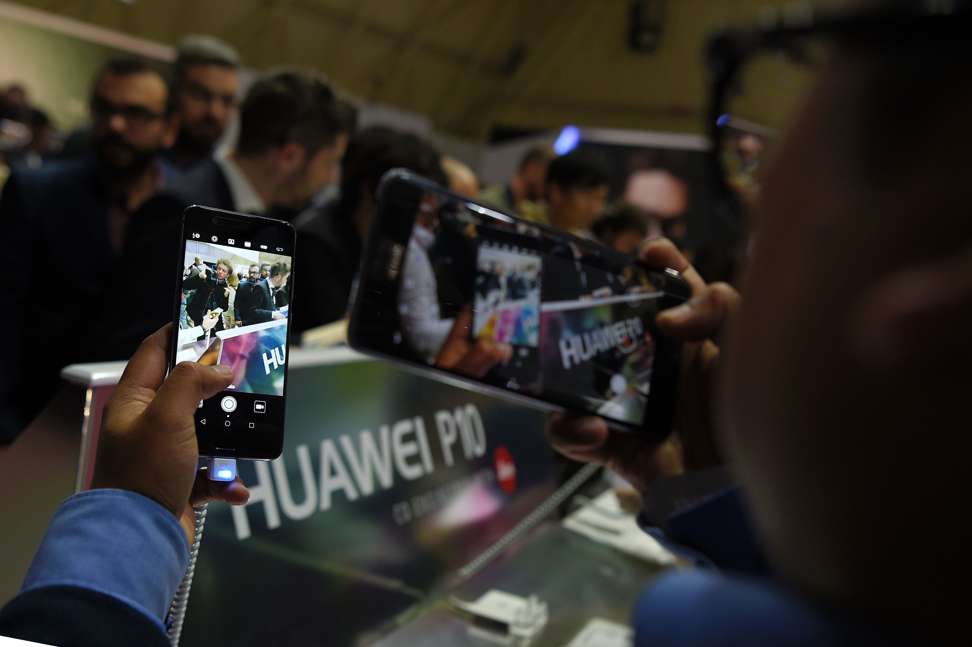
First impressions: Huawei’s P10 retains Leica dual camera and ups the processor speed
Watch: Released on the eve of the Mobile Phone Congress, Huawei’s new flagship product ticks all the boxes for a premium smartphone
Huawei’s launch event at MWC 2017 (Mobile World Congress) in Barcelona for its new flagship phone was perhaps a good example of how high and fast the Chinese phone maker has risen in the global mobile landscape.
It was so packed that close to 100 media representatives were unable to catch a glimpse of the P10/P10+. I was one of the lucky ones who made it in, but that was after standing in a bottleneck by the entrance for 20 minutes. The scene felt more like a mosh pit than a phone launch.
A senior Huawei representative told me the large turnout was completely unexpected. “It wasn’t like this last year,” he said, apologising repeatedly. Chalk it up to lesson learned for a company relatively new to the big boy’s table.
So let’s get down to business. The Leica-branded dual camera set-up is back, and they still work the same way: one lens captures images in full colour, the other in black and white (which can absorb more light information).

I haven’t had much time to test the P10 yet, but I can say the P9 and Mate 9 are among 2016’s best mobile shooters.
Processor-wise, the P10 runs the same Kirin 960 as the Mate 9 and Mate 9 Pro, which in my opinion is the fastest chip on the market, even surpassing the Snapdragon 821 and Samsung’s Exynos 8890.
The P10 has a 3,200 mAH battery while the P10+’s is bumped up to 3,750. Huawei’s software has very aggressive battery saving features (not always a good thing) so rest assured both phones will be enough to last a full day.
The P10’s display is a 5.1-inch 1080P LCD panel, while the P10+ rocks a 5.5-in Quad HD AMOLED display for deeper blacks.

Currently, Huawei has the third largest market share in world, behind Apple and Samsung, and while the company has a strong hold on markets on the mainland and various parts of Europe, the US is one area the company hasn’t had much luck.
Xu told me the company is working on getting the P10 stateside. In the meantime, the P10 will launch in Asia and Europe in March, priced at (relatively pricey compared to other Chinese phones) US$685 and US$740 respectively for the standard and plus version.

